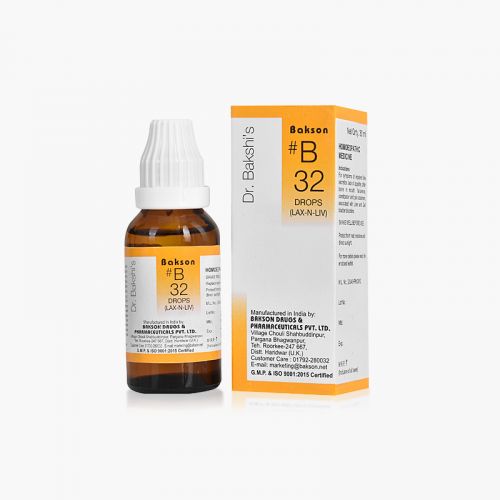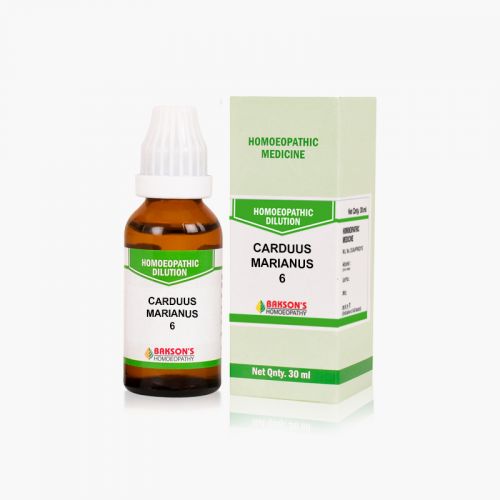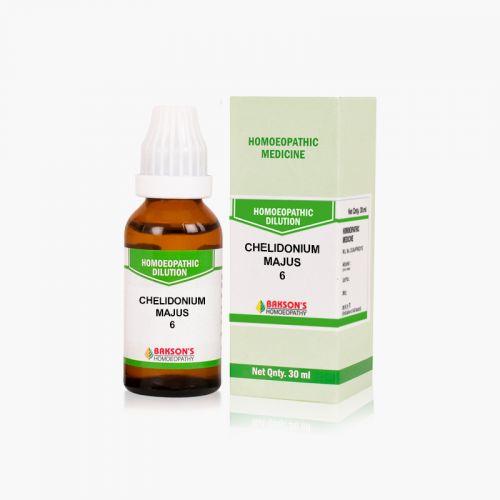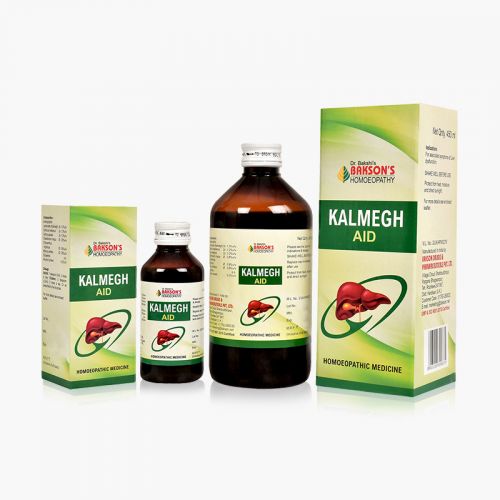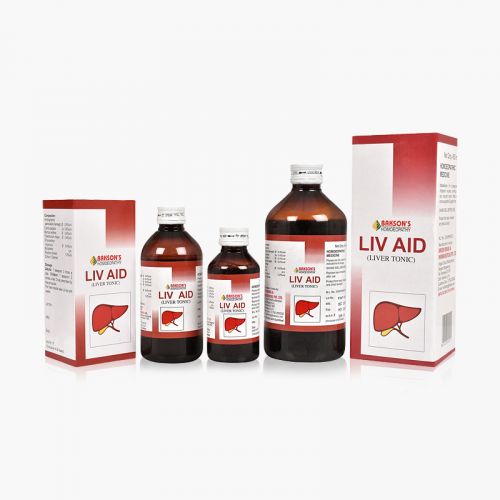We use cookies to make your experience better. To comply with the new e-Privacy directive, we need to ask for your consent to set the cookies. Learn more.
What is Hepatitis?
Hepatitis is defined as inflammation of the liver that can result from a variety of causes such as heavy alcohol use, autoimmune, drugs, or toxins. The most frequent cause of hepatitis is due to viral infection and is referred to as viral hepatitis. If inflammation of the liver lasts for less than 6 months, then it is termed as acute hepatitis and if it lasts longer than 6 months it is termed as chronic hepatitis.
Hepatitis results from hepatitis viruses A, B, C, D, and E. While all these viruses are RNA viruses, Hepatitis B virus is a DNA one.
Causes
- Hepatitis A: The most common mode of transmission of hepatitis A is via the faecal-oral route from contact with food, water, or objects contaminated by faecal matter from an infected individual.
- Hepatitis B: The virus is transmitted parenterally and sexually when individuals come in contact with mucous membranes or body fluids of infected individuals.
- Hepatitis C: Transmission can be parenteral, perinatal, and sexual.
- Hepatitis D: It occurs as a coinfection with the Hepatitis B viral infection. The modes of transmission are similar to that of Hepatitis B.
- Hepatitis E: The primary mode of transmission is the faecal-oral route. Maternal-neonatal transmission can also occur.
Sign and symptoms
The clinical presentation varies with the type of virus causing the infection. There are typically four phases of hepatitis infection-
- Phase 1 (viral replication phase) - Patients are usually asymptomatic in this phase, and laboratory studies are positive for markers of hepatitis.
- Phase 2 (prodromal phase) - Patients in this phase usually present with anorexia, nausea, vomiting, malaise, pruritus, urticaria, arthralgias, and fatigue. Many times, these patients are misdiagnosed as having gastroenteritis or viral infection.
- Phase 3 (icteric phase) - Patients in this phase present with dark-coloured urine and pale-coloured stool. Some patients develop jaundice and right upper quadrant pain with liver enlargement.
- Phase 4 (convalescent phase) - Patients typically start noticing the resolution of symptoms, and laboratory studies show liver enzymes returning to normal levels.
On physical examination, findings differ depending on the type of presentation. Patients show signs of dehydration due to vomiting and loss of appetite. Findings like a dry mucous membrane, tachycardia, delayed capillary refill, etc. can be observed. During the icteric phase, the patient's skin and sclera appears jaundiced and may have urticarial rashes at times. Tender hepatomegaly is present. In advanced cases signs of liver failure like signs of ascites, pedal oedema, malnourishment may be observed.
Diagnosis
Basic laboratory evaluation like bilirubin levels, alkaline phosphatase estimation, prothrombin time and International normalized ratio (INR) is recommended. The standard test for diagnosing acute infection with hepatitis virus is the presence of immunoglobulin M (IgM) antibody to it.
General management
Supportive treatment with pharmacological intervention must be given to the patients.
Warning: Above information provided is an overview of the disease, we strongly recommend a doctor's consultation to prevent further advancement of disease and/or development of complications.
Disclaimer: The information provided herein on request, is not to be taken as a replacement for medical advice or diagnosis or treatment of any medical condition. DO NOT SELF MEDICATE. PLEASE CONSULT YOUR PHYSICIAN FOR PROPER DIAGNOSIS AND PRESCRIPTION.
- #B 32 DROPSSpecial Price ₹ 160.00 Regular Price ₹ 200.00
- CARDUUS MARIANUS 6₹ 100.00
- CHELIDONIUM MAJUS 6₹ 100.00
-




